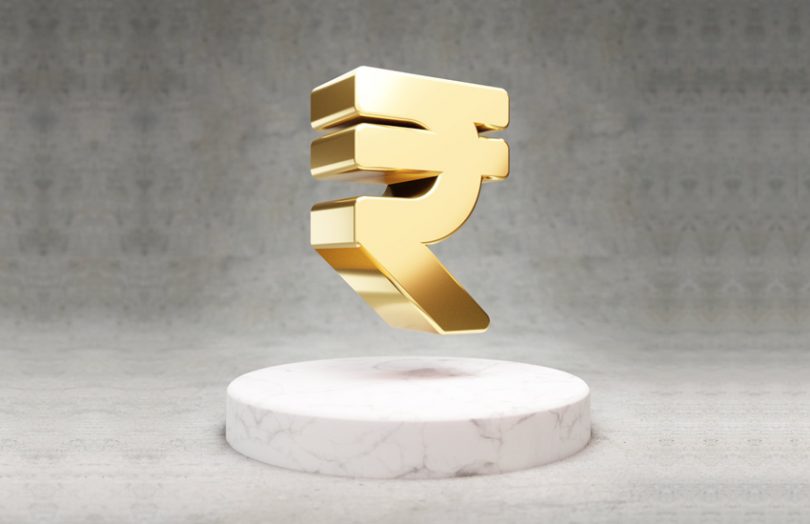Yesterday, the Reserve Bank of India published a booklet about its payment systems’ progress in the last ten years. The document confirms that it’s exploring a central bank digital currency (CBDC).
“RBI is exploring the possibility as to whether there is a need for a digital version of fiat currency and in case there is, then how to operationalise it,” it says. It also expressed skepticism about cryptocurrencies and private digital currencies.
In December 2019, the National Institute for Smart Government (NISG) published a draft of India’s National Strategy on Blockchain. It proposed a Central Bank Digital Rupee (CBDR) on a public permissioned blockchain. For the national blockchain, it suggested using an enterprise blockchain or private version of Ethereum or Hedera Hashgraph where government departments and industry associations run the validator nodes.
Voting
Also yesterday, India’s Election Commission said it is going to start mock trials for remote voting. Twice in the last year, the election commission has spoken about exploring the use of blockchain for remote voting.
However, it seems this is not about voting on a mobile phone but at designated voting booths.
The Press Trust of India described it as a “two-way electronic voting system in a controlled environment on white-listed IP devices on dedicated Internet lines enabled with biometric devices and a web camera”.
Former Senior Deputy Election Commissioner Sandeep Saxena continued, “It does not mean voting from home. After a voter’s identity is established by the system, a blockchain-enabled personalised e-ballot paper will be generated.”
“When the vote is cast, the ballot will be securely encrypted and a blockchain hashtag generated. This hashtag notification will be sent to various stakeholders, in this case the candidates and political parties.”
Both of these pieces of news need to be viewed in context. India has a track record of rolling out large scale systems for both identity and payments.






